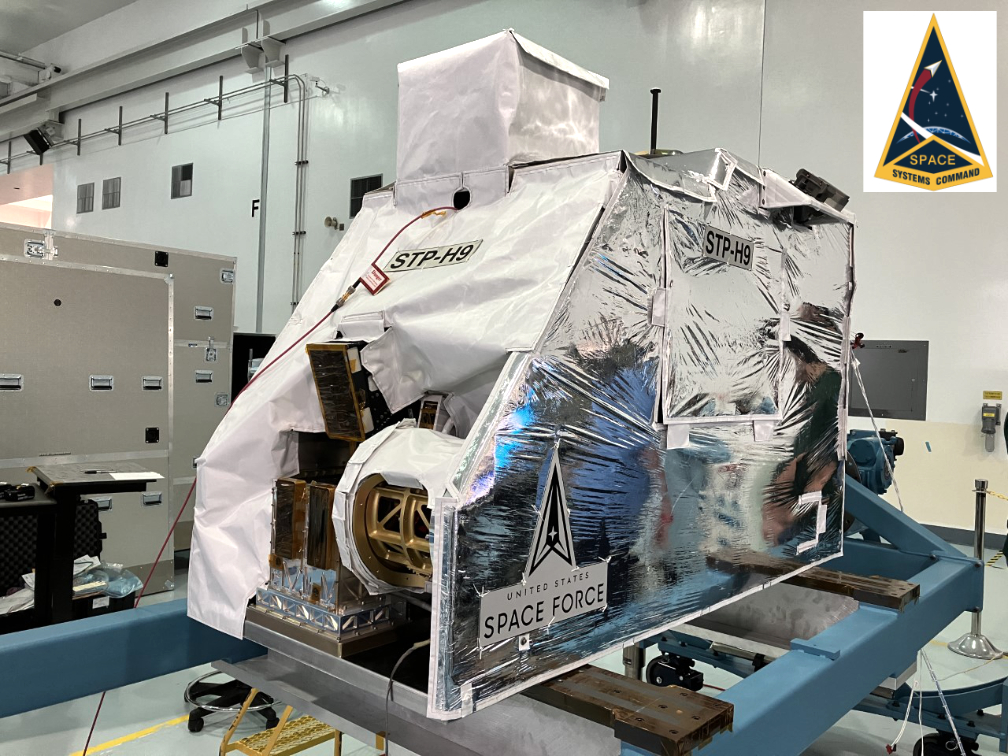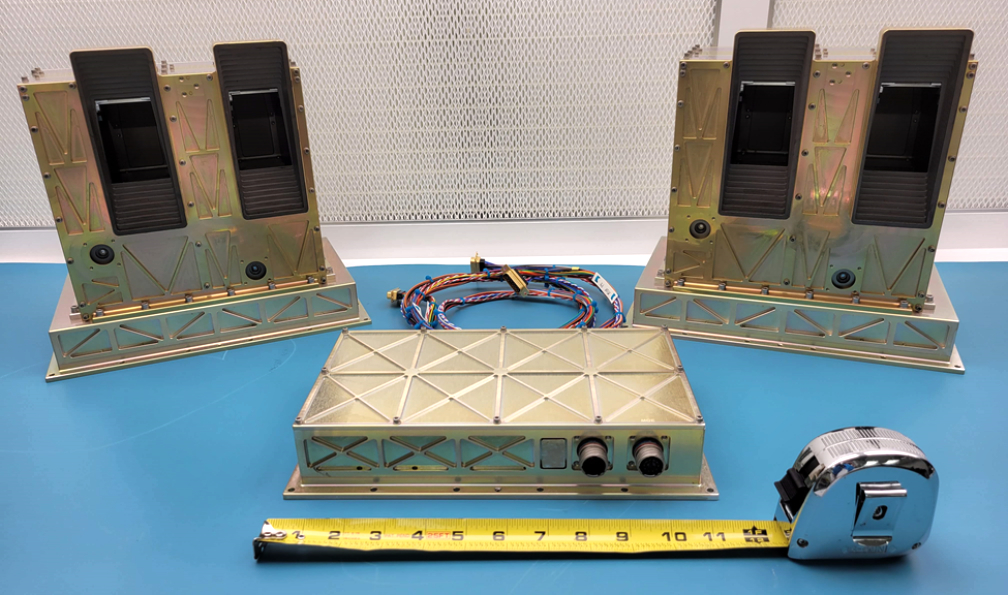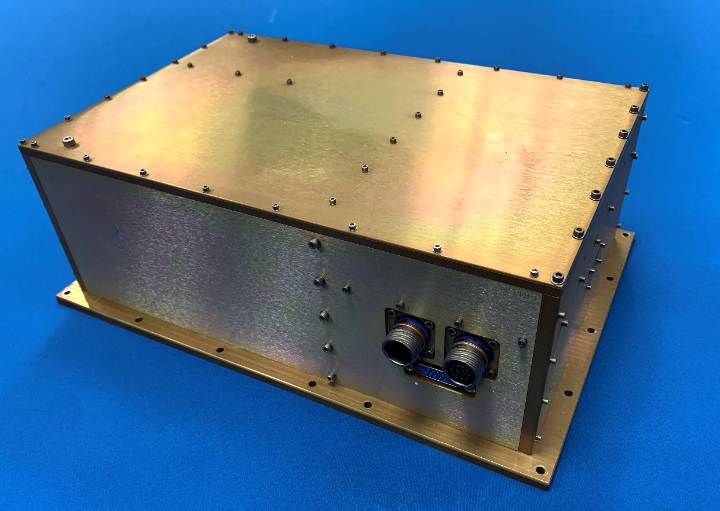
Space Systems Command (SCC) is preparing to launch the Space Test Program-Houston 9 (STP-H9) mission to deliver eight DoD Space Test Program (STP) experimental payloads to NASA’s International Space Station (ISS).

NASA’s ISS will host the experiments for one year. Once docked to the ISS, the STP-H9 payload will be robotically installed on the Japanese External Facility where it will get power and data to support the eight experiments.

The STP-H9 mission, in partnership with NASA’s ISS Program, the U.S. Naval Research Laboratory (NRL), the Air Force Research laboratory (AFRL), the U.S. Air Force Academy, and Lawrence Livermore National Laboratory (LLNL), is scheduled to launch on SpaceX’s Commercial Resupply Service (CRS)-27 mission aboard a Cargo Dragon spacecraft from Kennedy Space Center, Florida on March 14.

“This mission marks another milestone in the valuable partnership between SSC and DoD’s Space Test Program and NASA and continues the STP’s 58-year history of providing access to space for emerging DoD technologies. This is STP’s 305th mission in its 58-year history,” said Lt. Col. Jonathan Shea, SSC director of the DoD STP.”
STP operates from a prioritized list of critical space technologies that require testing in the space environment in order to ensure their maturity for future space capabilities. STP is the catalyst creating partnerships and developing payloads and support operations.
“We have a great partnership with the ISS Program,” said Rick Caldwell, SSC mission manager for the STP-H9 payload. “Our STP missions fly alongside NASA and international partner payloads in a continuous research process that has been ongoing for more than 20 years. It is incredibly complicated to build a payload to meet the hundreds of requirements and interfaces to make this all work. Because the ISS is already in orbit, the first chance we get to actually connect the payload to the ISS will be after we launch. We only get one shot, there is no room for error.”
STP-H9 is managed by the DoD Space Test Program office located at Kirtland Air Force Base in Albuquerque, New Mexico, and has an Operating Location at NASA’s Johnson Space Center, Houston, Texas. SSC’s Space Domain Awareness & Combat Power, headquartered at Los Angeles Air Force Base, administers the DoD STP, which delivers experimental demonstrations of new capabilities and expedient space access solutions for research and development experiments.

The STP team designed and built the integrated payload that will connect the eight experiments to the ISS and allow science data collection. Avionics developed by STP are used to build and test these platforms on the ISS.
Space Domain Awareness & Combat Power is the program executive office within Space Systems Command that is responsible for delivering ground- and space-based infrastructure and systems that identify threats to national, allied, and commercial space systems. Its innovations integrate seamlessly across the space enterprise and promote deterrence by providing advances in space-enabled warfighting capabilities to our joint military forces. Space Systems Command (SSC) is the U.S. Space Force Field Command responsible for acquiring and delivering resilient war fighting capabilities to protect our nation’s strategic advantage in and from space. SSC manages an $11 billion space acquisition budget for the Department of Defense and works in partnership with joint forces, industry, government agencies, academic and allied organizations to accelerate innovation and outpace emerging threats. Our actions today are making the world a better space for tomorrow.
